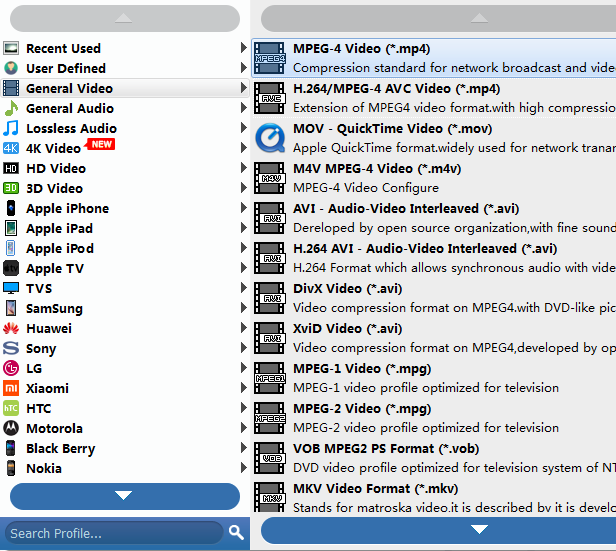


In this digital age of high-speed internet connectivity, accessibility across digital gadgets makes it convenient to share the information among masses instantly. The stunning PowerPoint videos can be shared across varied devices, making it more user-friendly. Saving the PowerPoint presentation as a video adds more life to the static design elements. In this present age of media, it is vital to provide the presentations in as many media formats, as possible.

If you have a 1024×768 screen, then your copy will be 1024×768, even if the original picture, had you been able to access it, were much higher resolution.īut with today’s larger screens, and depending on what your intended use it – like, say, a desktop background – this limitation is often acceptable.PowerPoint presentations are widely used across industries, and one of the powerful tools that can influence your audience. The downside is typically quality: a screen shot is a picture of the screen. In fact, it’s one reason that all the techniques to prevent copying images on the web are pretty futile, since a single screen capture can do the job. This is actually a pretty handy way to take copies of things that aren’t easily copy-able, but still easily visible. Now fire up Microsoft Paint, or your favorite image editing program, and paste that image into the program and then save it in whatever format is appropriate (probably. You’ve just taken a picture, a copy, of your computer screen and That should get you the highest quality copy available of the original image.Īnother approach that is an example of that “anything you see on your screen can be copied” statement is this: while viewing the slideshow, preferably full screen, when the slide appears that has the image you want, press the PrntScrn button on your keyboard. At that point, you should be able to right click on the picture and select “Save as Picture…”, or copy it to the clipboard and then paste it into Microsoft Paint or another image editing program. Simply open the presentation, and navigate to the slide containing the picture you want. The easiest approach is to open the files in either PowerPoint or OpenOffice’s “Impress”, which is both free and compatible with PowerPoint (download as part of OpenOffice).

“… anything you see on your screen can be copied…”


 0 kommentar(er)
0 kommentar(er)
